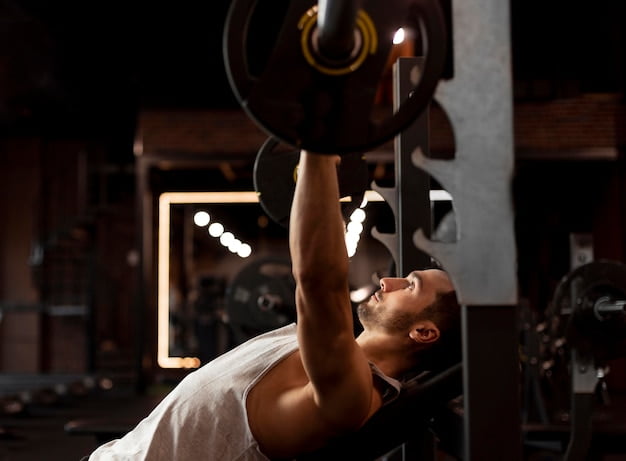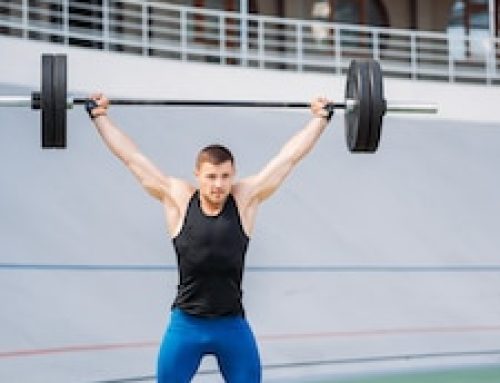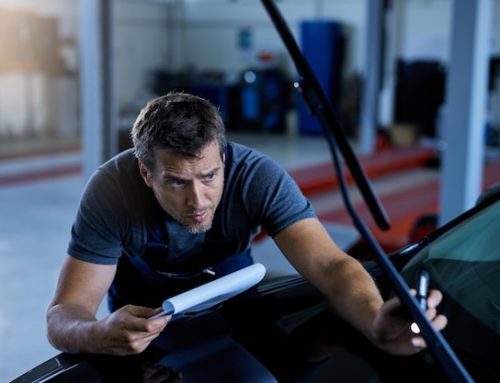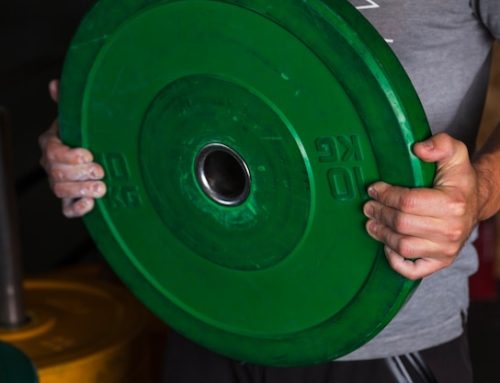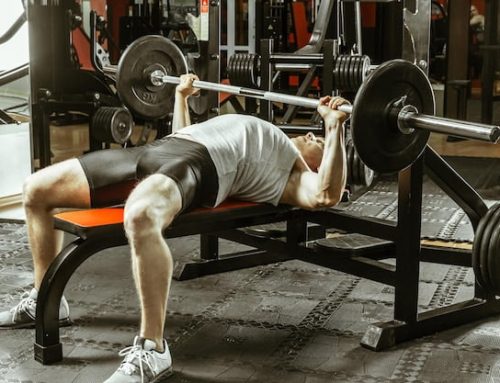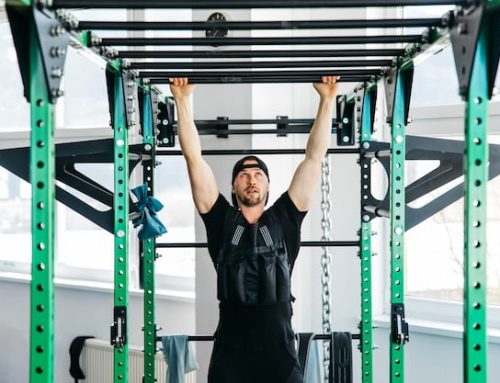Why are biceps harder to grow?
As a weightlifter, you might have noticed that your arms are not growing as fast as your chest or back muscles. While every muscle group is important, biceps are often considered a symbol of strength, which is why many people focus on them. But why are biceps harder to grow? Let’s take a closer look.
The anatomy of biceps
Biceps are a two-headed muscle group located in the upper arm, consisting of a short head and a long head. The short head is located on the inside of the arm and the long head on the outside. The biceps are responsible for flexion and supination of the forearm, which is why they play an important role in movements such as pulling, lifting, and carrying.
The role of genetics
Unfortunately, genetics play a significant role in muscle growth and development. Some people are more genetically predisposed to have larger biceps, while others may struggle to add size to them, no matter how hard they train or how much they eat.
The importance of progressive overload
One of the most important principles of weight training is progressive overload. This means that you need to gradually increase the weight or resistance you’re using in order to continue making progress. If you’re not challenging your muscles with enough weight, they won’t grow. However, pushing yourself too hard can lead to injury or burnout, so it’s important to find the right balance.
Proper form and technique
Another important factor in biceps growth is proper form and technique. If you’re not performing exercises correctly, you may be targeting the wrong muscles or putting unnecessary strain on your joints. This can lead to injuries, muscle imbalances, and slower progress. It’s important to work with a qualified trainer or coach to ensure that you’re using proper form and technique.
The importance of nutrition
Nutrition is another important factor in muscle growth. In order to build muscle, your body needs a sufficient amount of protein, carbohydrates, and healthy fats. Without enough of these nutrients, your muscles won’t have the fuel they need to grow. Additionally, you need to eat enough calories to support your muscle-building goals. This means that you may need to eat more than you’re used to in order to see results.
Overcoming plateaus
If you’ve been training for a while and have hit a plateau in your biceps growth, it’s important to switch up your routine. This could mean changing the exercises you’re doing, increasing the weight or reps, or adding in more volume. It’s also a good idea to take a break and give your muscles time to recover. Overtraining can actually hinder your progress, so make sure you’re giving your biceps enough rest.
Conclusion
In conclusion, biceps can be harder to grow for a number of reasons, including genetics, form, nutrition, and training intensity. However, with the right approach, anyone can build strong and impressive biceps. Remember to focus on progressive overload, proper form and technique, nutrition, and recovery, and don’t be afraid to switch up your routine if you’re not seeing results. With dedication and patience, you can achieve the biceps of your dreams.
| Exercise | Primary Muscles Targeted | Equipment Needed |
|---|---|---|
| Barbell Curl | Biceps | Barbell |
| Dumbbell Curl | Biceps | Dumbbells |
| Preacher Curl | Biceps | Preacher Curl Bench and Barbell or Dumbbells |
| Hammer Curl | Biceps and Forearms | Dumbbells or Barbell |
| Concentration Curl | Biceps | Dumbbell |
